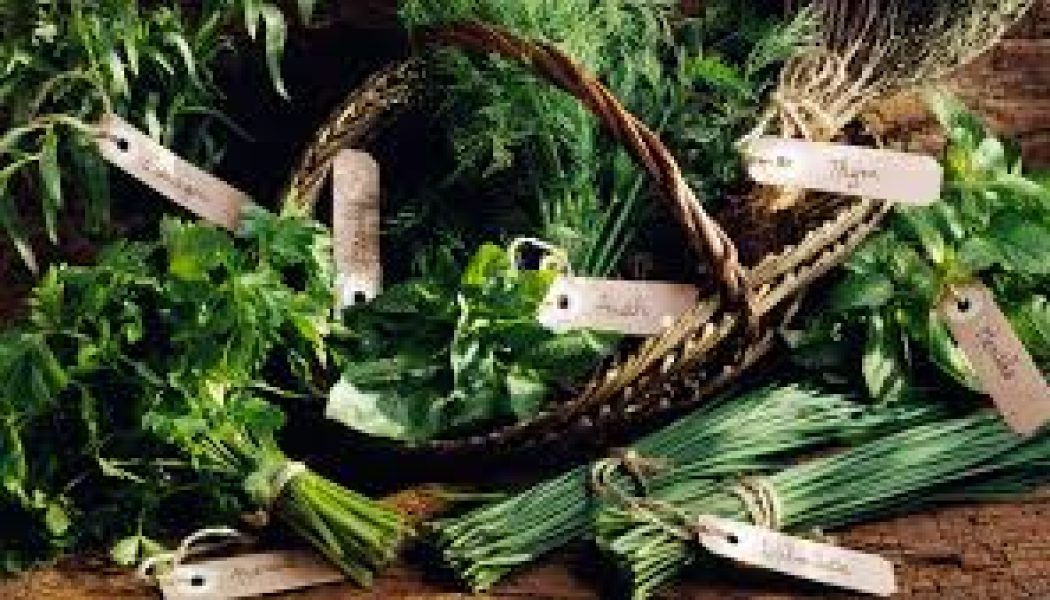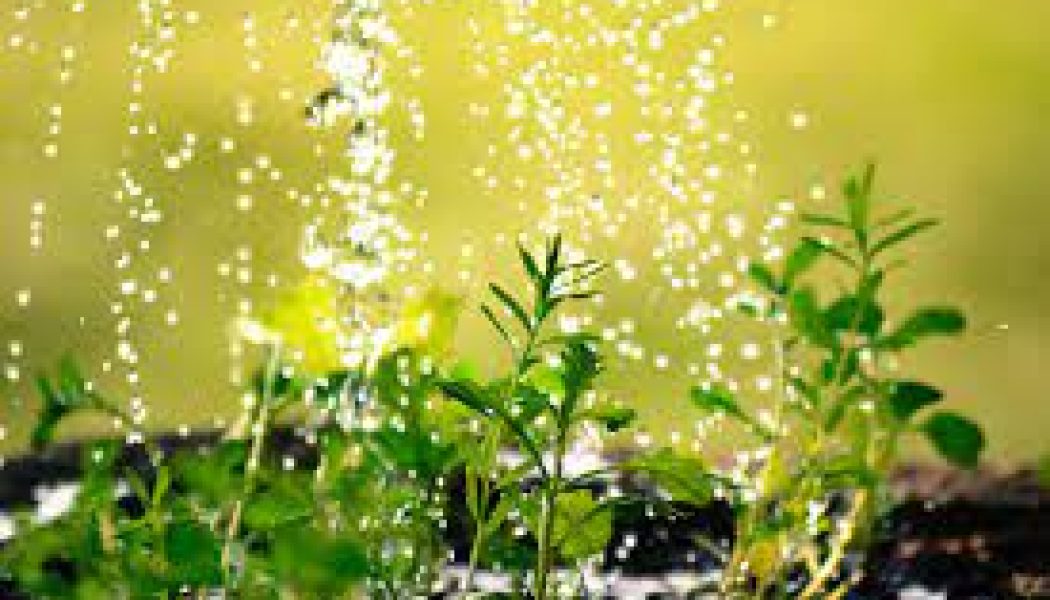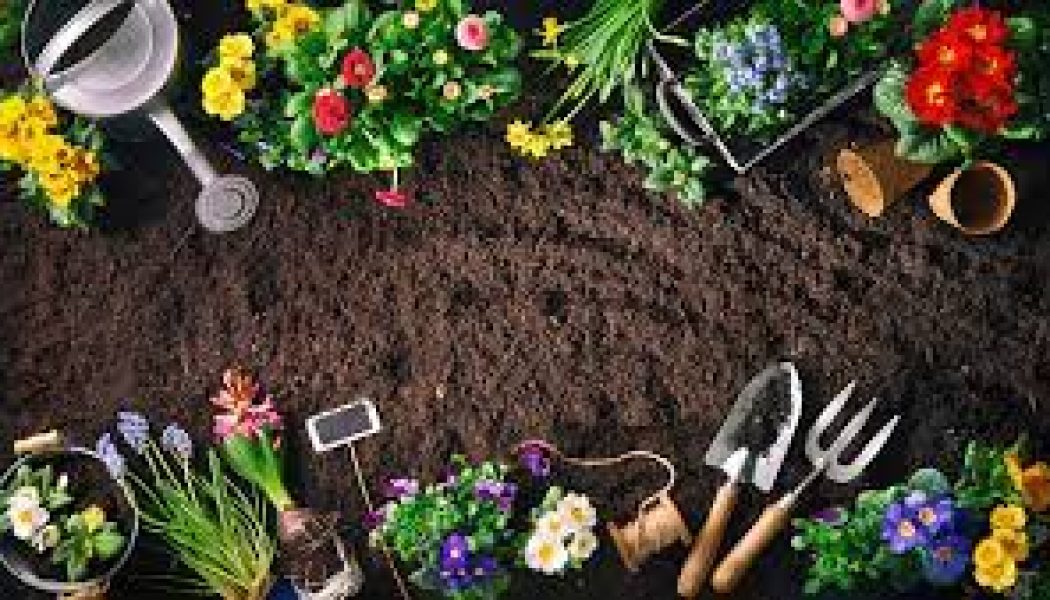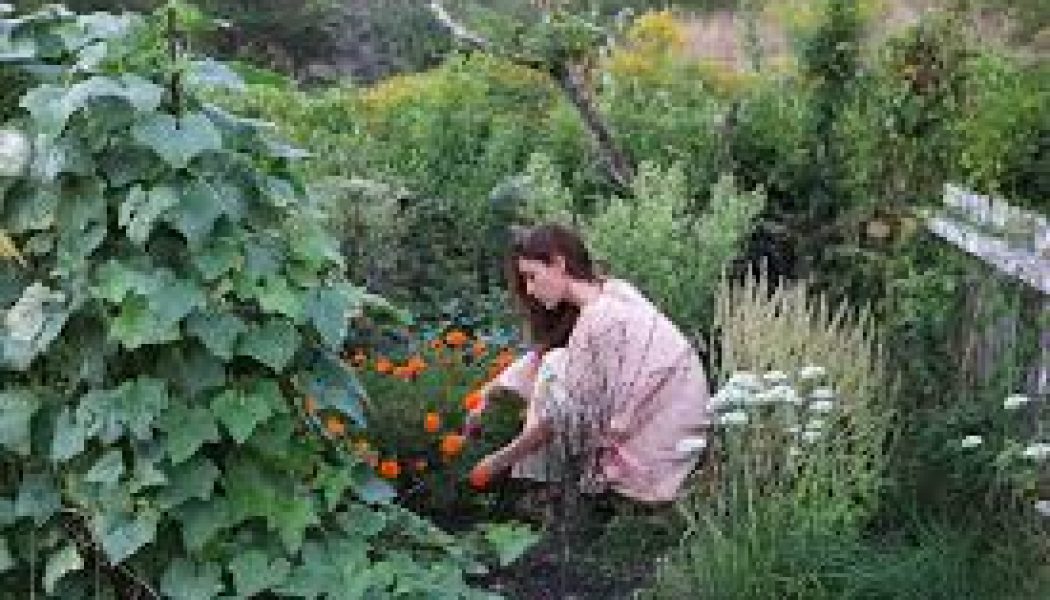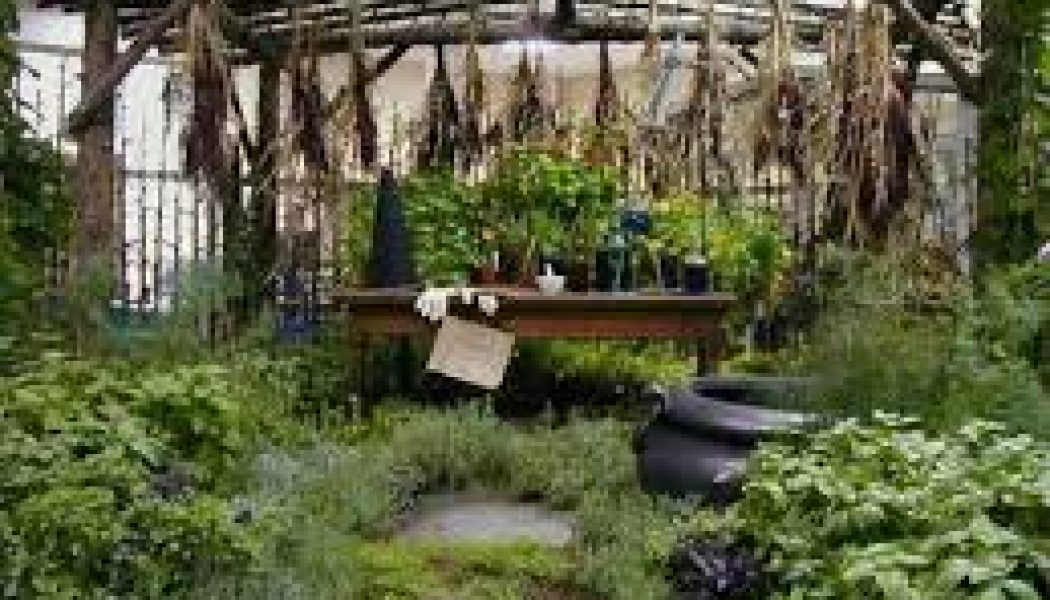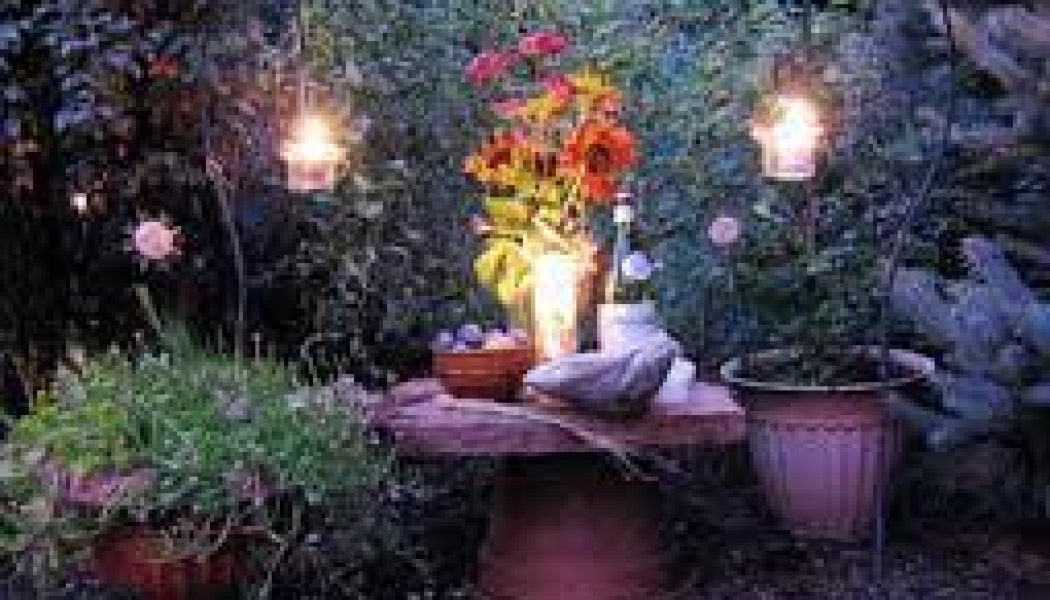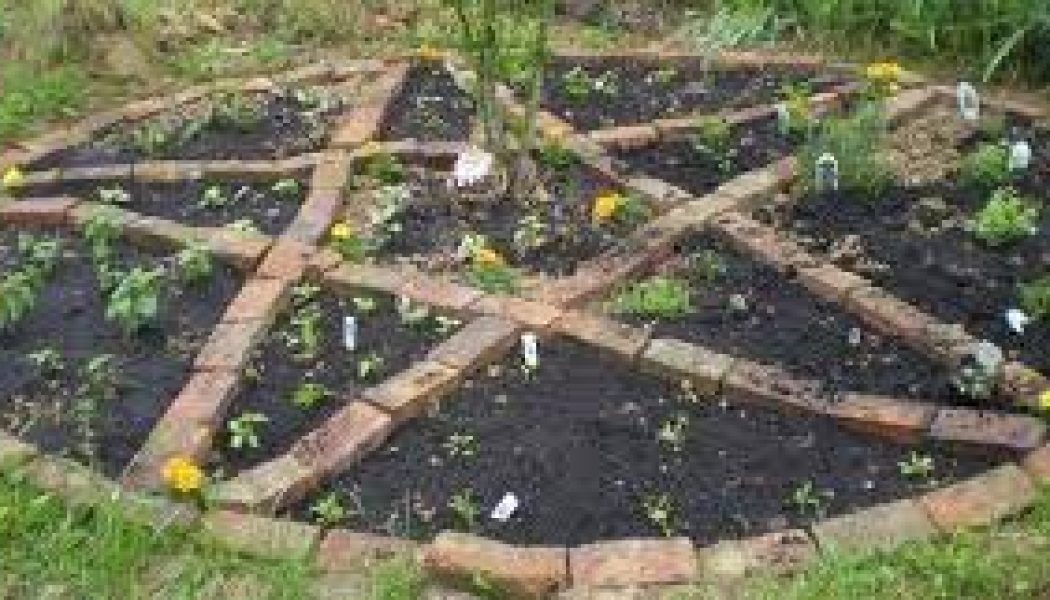Garden Magick
Creating a Garden Sanctuary
A personal outdoor sanctuary is an important part of feeling connected to all of life.Each of us has been blessed with an innate need to celebrate and glorify life. At a most basic level, we honor the...
Your First Herb Garden
If you live in an area that gets very hot during the summer months, cover herbs with a layer of mulch to keep them from drying out. If you’re maintaining them in pots on your deck, opt for containers ...
Herb Gardening
Herbs play well with other plants. In fact, many of them (like rue, catnip, garlic and marigold) make good companion plants for pest control with vegetables and flowers. (When you don’t want to use pe...
Garden Themes For The Green Witch
A green witch will design her/his garden to what they hope to achieve and the available space they have to do it in. Also, look at your climate and altitude when planning your garden. You can plant wh...
Garden of Compassion
In this garden, you place a separate candle for each person who has asked you for magickal help. You use large candles for ongoing work, such as for someone with cancer or a heart condition, or for a ...
Hedgewitches Spellwork: The Gardening Tools of Belief
In a recent A & E Biography interview, I was asked what constitutes a “spell.” I wasn’t surprised at the question, because those who have never cast a spell find the process alluring but(thanks to...
Planting by the Moon
To make moon planting really simple, when the moon is a new moon, this is not the time to plant anything. However, just after you see the first crescent you can start planting as this i...
Garden of Ambition
In this garden you use a separate candle for each of yourgoals. A Garden of Ambition that is focused on work might,for example, include candles for a raise, a promotion,recognition, better assignments...
Garden of Thanksgiving
Count your blessings, and notice that your cup is at leasthalf full. What are you thankful for? In this garden youinclude a candle for each of your blessings. Each person’sgarden will be unique, but y...
The Urban Herb Garden
The Window Box Even the city apartment dweller has room for herbs. Take clutter off the kitchen windowsill and replace it with an attractive planter, filled with fresh, growing herbs. The following he...
The Magick Of Flowers
Anemone: Healing and protection. Aster: Love, patience, healing, variety, peace. Baby’s Breath: Innocence, happiness, love, pureness of heart. Peace and unity. Bachelor’s Button: C...
Evening Garden
An Evening Garden should face West, where it bids farewellto the Sun each night. In it you place candles for things thatyou want to end or go away, such as problems, hardships,illnesses, stresses, bad...
Herbs for Your Spring Garden
Try these herbs for spring planting. Spring herbs can be some of the most satisfying plants in the garden. They typically germinate quickly or leaf out fast from their winter dormancy. They are also s...
Magick Garden
Witches have been growing herbs for centuries, so they have amassed a wealth of procedures for effective magical gardening. Sometimes these make more sense than a pile of gardening books.When the seed...
Morning Garden
A Morning Garden should face East, where it greets therising Sun each day. In it you place candles for things thatyou want to help grow, such as plans, projects, children,gardens, and businesses. You ...
Flower Names and Their Meanings
If you want to express your deep feelings to someone special in your life, in a thoughtful and unique way, check out the list of flower names given below, and find out what message you can devise usin...
Hedgewitch: What’s Growing in Your Belief Garden?
In a physical garden, you need to test the soil to ensure the chemical balance is right forwhat you wish to produce. Indeed, you can buy all manner of kits and products to determine the integrity of w...




